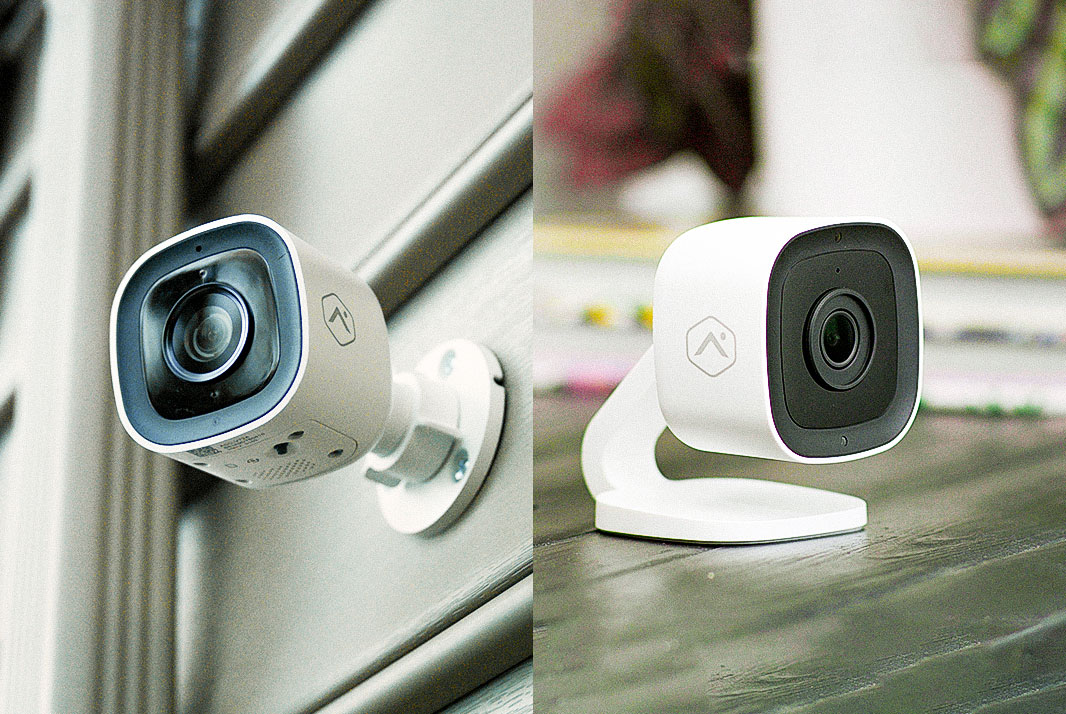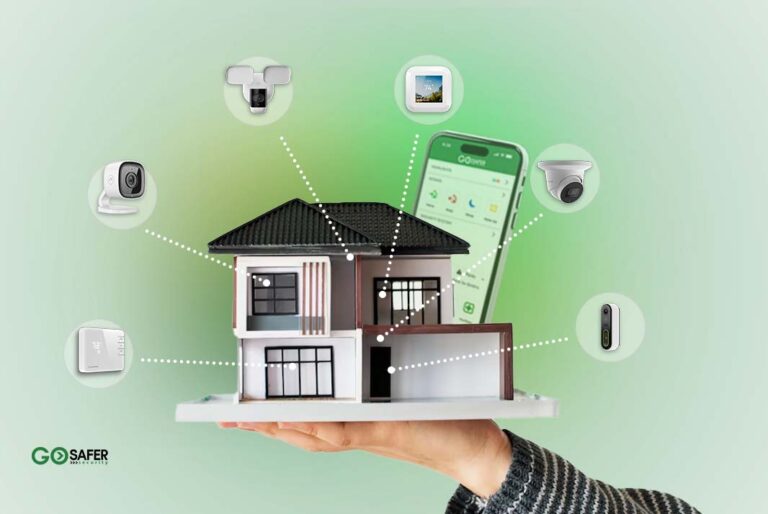When it comes to securing your home, choosing the right surveillance cameras is crucial. Both indoor and outdoor cameras have unique features and benefits, but they also come with their own set of challenges. This guide will help you understand the differences between indoor and outdoor cameras, and determine which option might be best for your needs.
Table of Contents
ToggleIndoor Cameras
Advantages
1. Privacy Monitoring
Indoor cameras allow you to keep an eye on the inside of your home, which is especially useful for monitoring children, pets, or elderly family members. This added layer of security ensures that you can check in on loved ones anytime.
2. Simple Installation
Compared to outdoor cameras, indoor cameras are generally easier to install. They can be placed on shelves, mounted on walls, or hidden discreetly. No need to worry about weatherproofing or dealing with complex wiring.
3. Protected from Elements
Indoor cameras are safe from the elements, meaning they don’t have to withstand rain, snow, or extreme temperatures. This reduces the risk of damage and prolongs the life of the camera.
4. Cost-Effective
Since indoor cameras don’t require the same rugged build as outdoor cameras, they are often more affordable. This makes them a cost-effective option for those looking to enhance their home security without breaking the bank.
5. Targeted Surveillance
Indoor cameras are perfect for monitoring specific rooms or areas within your home. Whether you want to keep an eye on the nursery, living room, or a specific entry point, these cameras provide focused surveillance.
Disadvantages
1. Limited Coverage
The main drawback of indoor cameras is their limited coverage area. They can’t monitor the exterior of your home or provide early warnings of intruders approaching your property.
2. Privacy Concerns
Some people may feel uncomfortable with cameras inside their living spaces. It’s essential to balance the need for security with the privacy of everyone in the household.
3. Susceptibility to Tampering
Once an intruder is inside your home, indoor cameras can be more easily tampered with or disabled. Their placement is often more accessible compared to outdoor cameras.
Outdoor Cameras
Advantages
1. Comprehensive Security
Outdoor cameras serve as the first line of defense by monitoring the exterior of your property. They can detect suspicious activity early and alert you to potential threats before they escalate.
2. Weatherproof Design
Designed to withstand harsh weather conditions, outdoor cameras are built to be durable and reliable. They can handle rain, snow, wind, and extreme temperatures, ensuring they work year-round.
3. Wide Coverage Area
Outdoor cameras are often equipped with wide-angle lenses and advanced features like night vision, allowing them to cover large areas such as driveways, gardens, and entry points effectively.
4. Deterrent Effect
The visible presence of outdoor cameras can deter would-be burglars. Knowing that their actions are being monitored and recorded can make intruders think twice before attempting a break-in.
5. Integration with Security Systems
Outdoor cameras can be integrated with other home security systems, including alarms, motion detectors, and smart home devices. This creates a comprehensive and cohesive security network.
Disadvantages
1. Complex Installation
Installing outdoor cameras can be more complicated, often requiring professional assistance. Proper mounting, wiring, and positioning are crucial for optimal performance.
2. Higher Cost
Outdoor cameras are generally more expensive due to their durable construction and advanced features needed to withstand the elements.
3. Maintenance Needs
These cameras require regular maintenance to ensure clear lenses and secure mounting. Weather conditions can lead to dirt, debris, or physical damage that needs attention.
4. Risk of Vandalism
Outdoor cameras are more exposed and can be targets for vandalism. Intruders might try to disable or destroy them to avoid detection.
5. Power and Connectivity Challenges
Ensuring a reliable power source and strong Wi-Fi signal for outdoor cameras can be tricky. This might require additional equipment like extension cords, battery backups, or Wi-Fi extenders.
Making the Right Choice
When choosing between indoor and outdoor cameras, consider your specific security needs, budget, and comfort level with indoor surveillance. Often, a combination of both indoor and outdoor cameras provides the most comprehensive protection.
- Assess Your Needs: Determine what areas of your home need monitoring. Do you need to watch the front door, the backyard, or the living room?
- Consider Your Budget: While outdoor cameras are generally more expensive, the investment may be worth it for the additional security they provide.
- Think About Privacy: If privacy is a significant concern, you might prefer outdoor cameras to avoid monitoring the inside of your home.
Conclusion
Both indoor and outdoor cameras offer valuable security benefits. Indoor cameras are great for monitoring specific areas within your home and are easier to install and maintain. Outdoor cameras, while more expensive and complex to install, provide comprehensive coverage and act as a strong deterrent to potential intruders. By understanding the pros and cons of each type, you can make an informed decision that best suits your security needs and ensures peace of mind.




